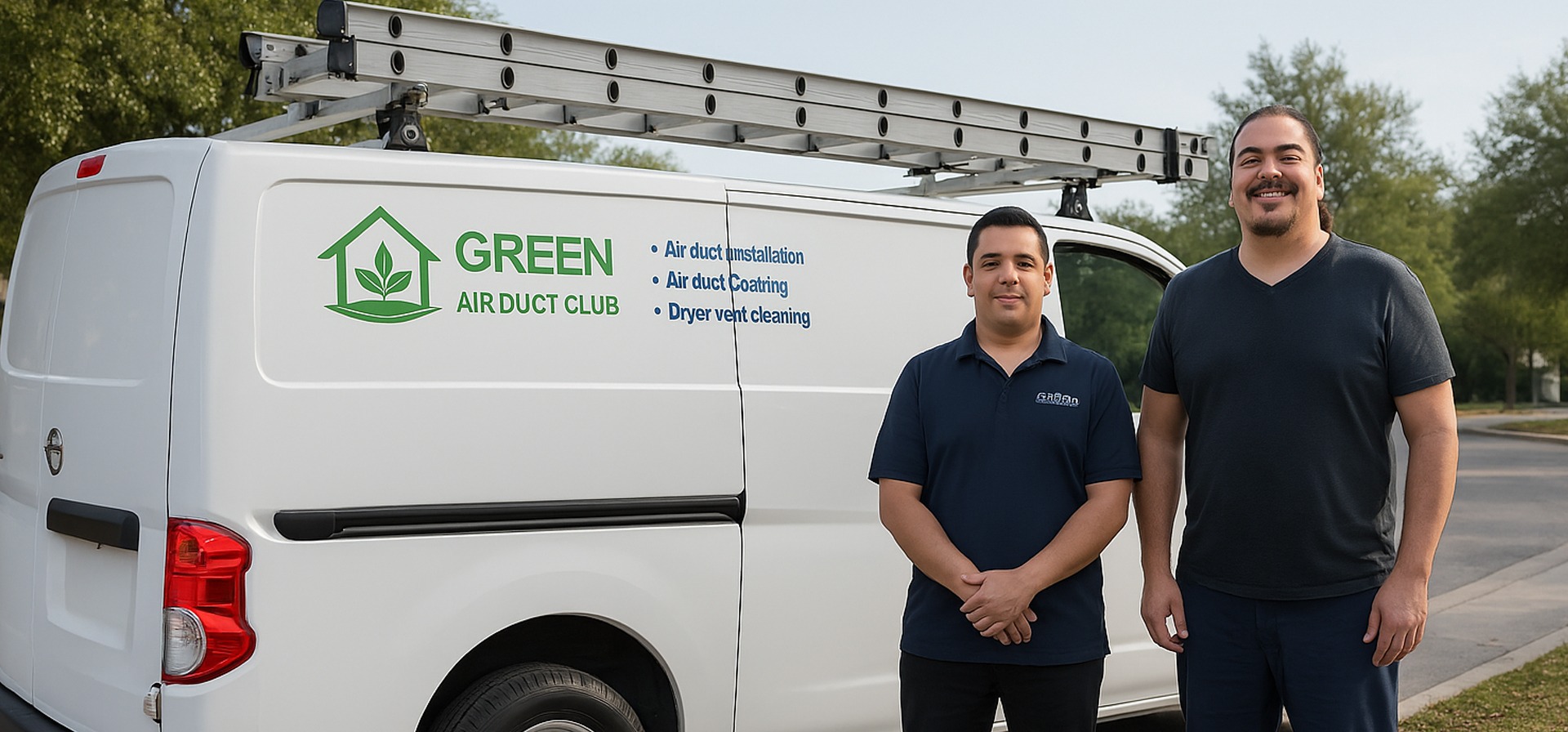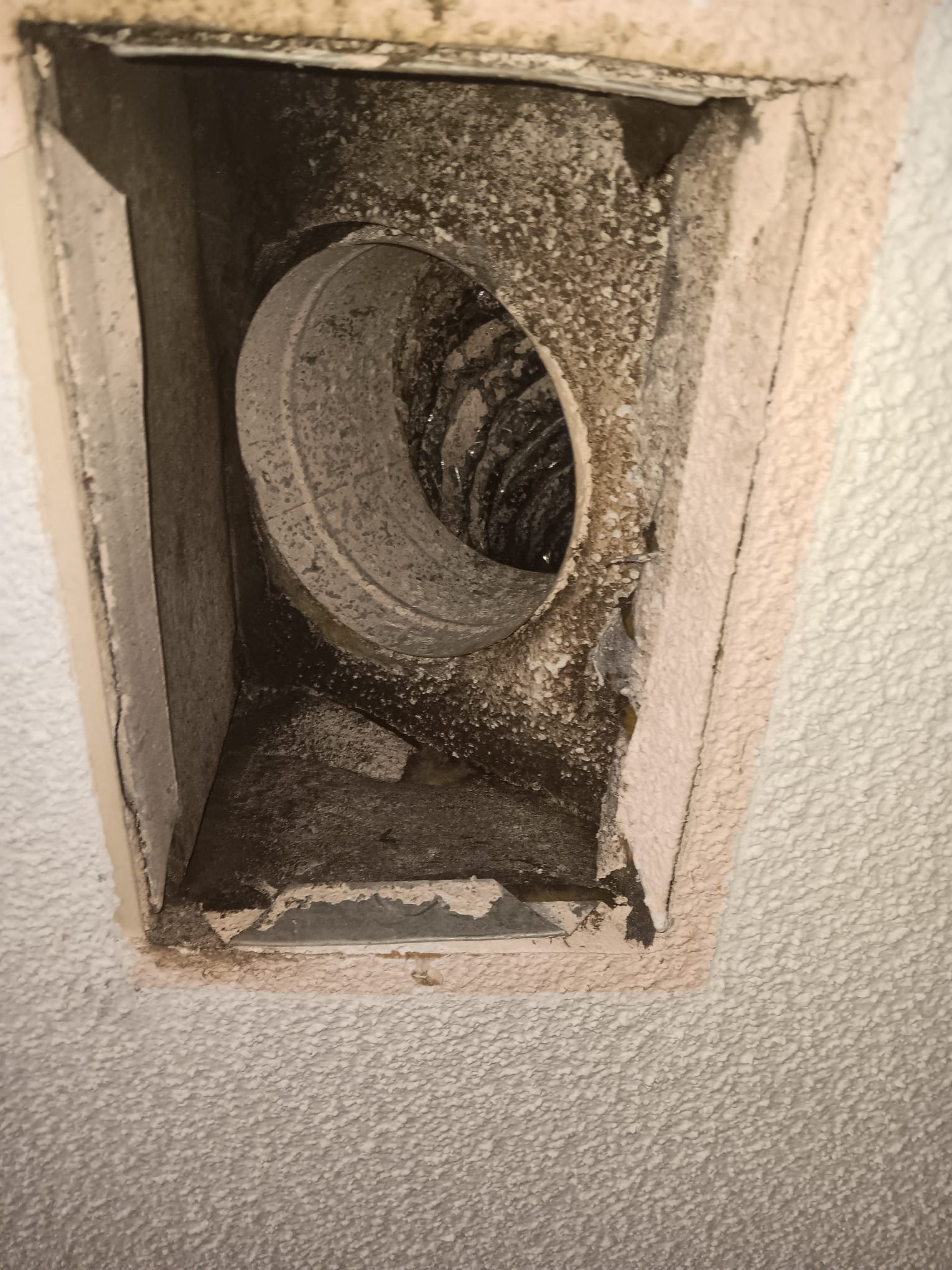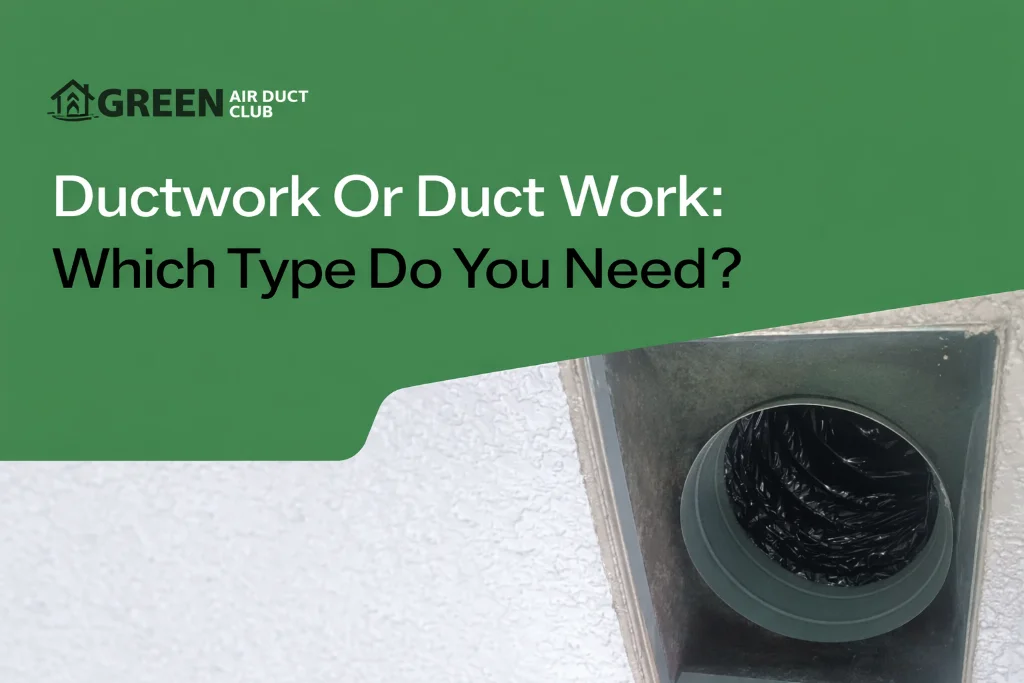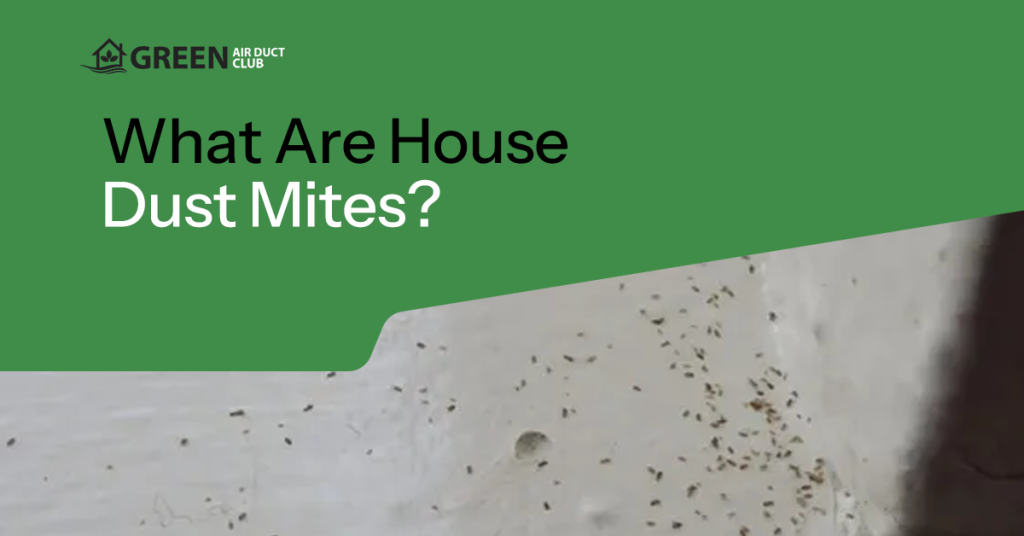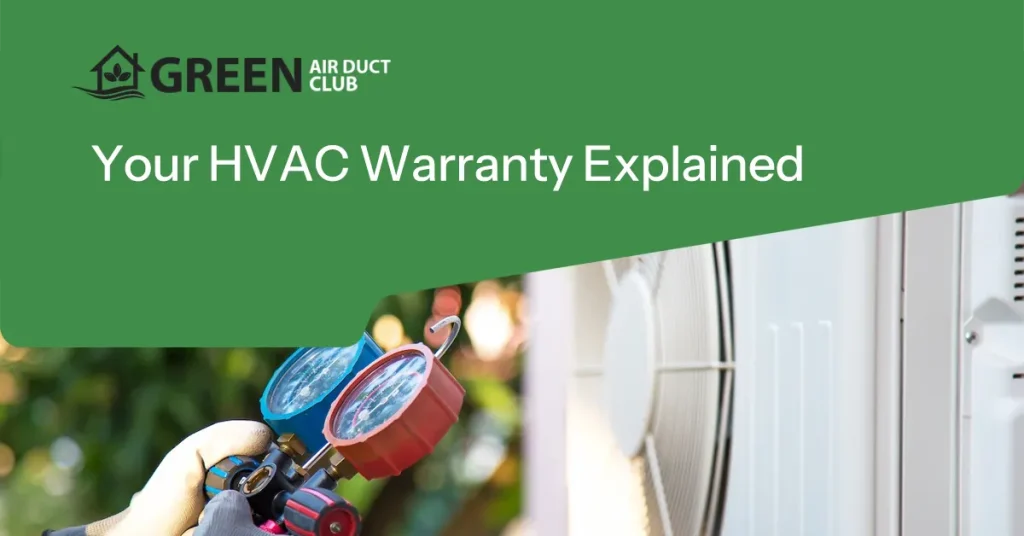Ever wonder why you’re sneezing more at home than outside? The answer might be hiding in your ventilation system. Most people spend about 90% of their time inside, breathing whatever floats around their homes. Clean ducts could make a huge difference in your Indoor Air Quality. Let’s chat about how duct cleaning might help freshen up the atmosphere in your living space.
Understanding Indoor Air Quality and Common Pollutants
The atmosphere inside our homes can actually be more polluted than outdoors – shocking, right? Your ventilation system circulates everything from dust and pet dander to chemicals and microbes. These particles build up over time and keep cycling through your rooms, affecting your Indoor Air Quality.
Common pollutants that affect your home’s breathing environment include:
- Dust mites and their waste
- Pet hair and dander
- Mold spores and bacteria
- Pollen that sneaks in from outside
- Household chemical residues

Major Causes of Indoor Air Pollution Including Radon
Your everyday activities contribute more to pollution than you might think. Cooking releases particles, cleaning products leave residues, and even your furniture can off-gas chemicals. Humidity issues create perfect conditions for mold growth in your ventilation systems, which damages your Indoor Air Quality.
Radon deserves special attention because it’s invisible and odorless. This naturally occurring gas seeps into homes through foundation cracks and becomes trapped inside. It’s the second leading cause of lung cancer in America, but testing is simple and solutions exist if levels are high.
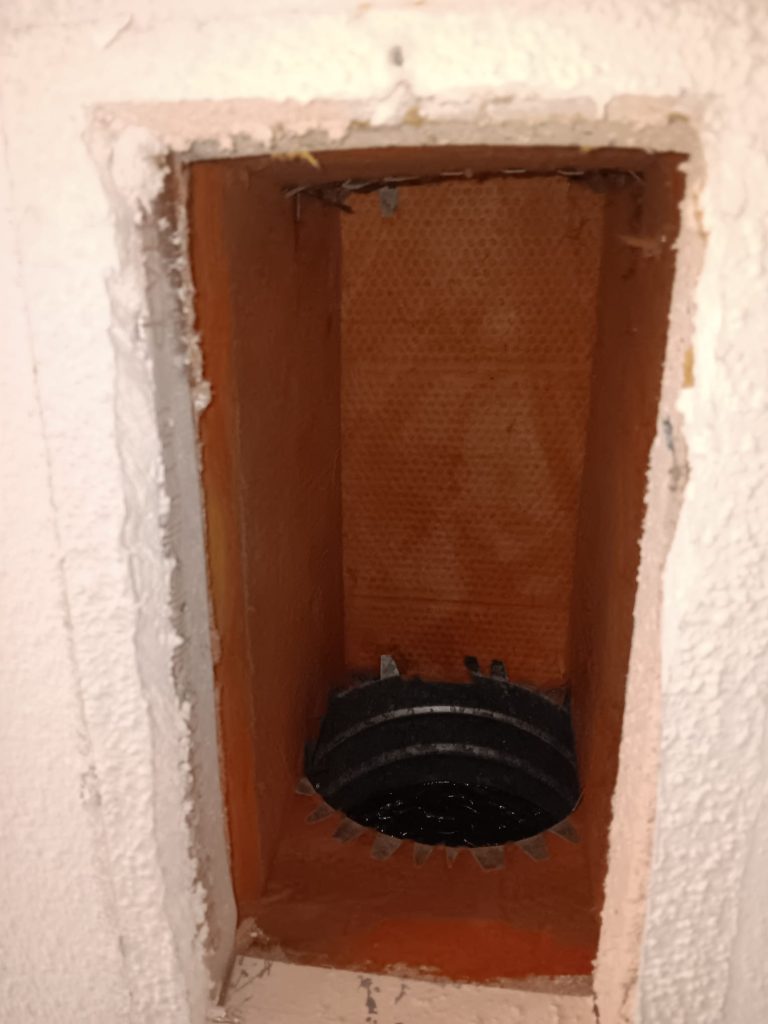
Health Effects of Poor Indoor Air Quality on Human Health
Breathing contaminated home air isn’t just uncomfortable – it can make you sick. Short-term effects often show up as irritated eyes, sneezing, headaches, and fatigue. Many people blame these symptoms on colds or allergies without realizing their Indoor Air Quality might be the culprit.
Long-term exposure to polluted home environments has been linked to serious respiratory issues, heart disease, and even cancer in some cases. Children, elderly folks, and people with existing health conditions face the highest risks. Improving your ventilation can reduce these health concerns significantly.
How Air Duct Cleaning Helps Improve Indoor Air Quality
Professional duct cleaning removes accumulated debris from your entire ventilation system. Technicians use specialized tools to dislodge buildup from the walls of your ducts and powerful vacuums to extract it completely. This prevents particulates from circulating through your home and helps maintain better Indoor Air Quality.
The process typically includes cleaning the supply and return air ducts, registers, grilles, fans, motors, and the HVAC unit itself. After cleaning, some companies apply sanitizing treatments to reduce microbial growth and help maintain cleaner system operation.
Meeting Air Quality Standards Through Proper Maintenance
Regular maintenance goes beyond just duct cleaning. Changing filters every 1-3 months keeps your system running efficiently and traps particles before they circulate. Controlling humidity levels prevents mold growth, while proper ventilation dilutes and removes contaminants that harm your Indoor Air Quality.
Professional inspections can identify issues before they affect your breathing environment. Technicians check for leaks, damage, or contamination that might compromise the effectiveness of your HVAC system. Following their recommendations helps maintain optimal conditions throughout your home.
The Bottom Line: Is Air Duct Cleaning Worth It for Better Air Quality?
For most homes, professional duct cleaning every 3-5 years makes good sense, especially if you notice dust buildup around vents, have allergies, or recently completed renovations. The benefits typically outweigh the cost when you consider the potential health improvements and enhanced Indoor Air Quality.
However, cleaning alone isn’t a complete solution. Combine it with regular filter changes, proper ventilation, and controlling pollution sources for best results. Think of duct cleaning as one important part of your overall home maintenance strategy – not a miracle cure.
The EPA doesn’t recommend routine duct cleaning but agrees it’s helpful in specific situations like visible mold, pest infestations, or excessive dust. Trust your symptoms and observations when deciding if it’s time to call the professionals. Your lungs will thank you for the cleaner breathing environment!
Trustindex verifies that the original source of the review is Google. Ori & his assistant took before and after videos and thoroughly explained what needed to be cleaned. Did a great job—house vents smell clean now that bacteria has been removed!Posted onTrustindex verifies that the original source of the review is Google. Great efficient service!Posted onTrustindex verifies that the original source of the review is Google. Ori and his team did a great job identifying bacteria and cleaning it for me, as well as providing a solution to help with prevention. I appreciate him and his team!Posted onTrustindex verifies that the original source of the review is Google. Thank you Green Air Duct Club. You where on time and very through. Oren presented me with before and after photos that where a great help understanding what needed to be done. Thank you for great service and price. We are very Happy!Posted onTrustindex verifies that the original source of the review is Google. I was very impressed with the clarity and efficiency of the cleaning process; the professionals explained every detail and executed the work with great precision, leaving my home completely worry free.Posted onTrustindex verifies that the original source of the review is Google. I appreciated the transparent, clear communication from the team, who meticulously cleaned every vent and provided updates that made the entire air duct cleaning process completely worry free.Posted onTrustindex verifies that the original source of the review is Google. AhabahabbaPosted onTrustindex verifies that the original source of the review is Google. Green Air Duct did a wonderful job - cleaning and disinfect our air ducts and A/C unit. Ori was honest and up front about what we needed - and didn’t need. We had them look at the insulation in the attic as well, and despite aging and based on our electrical bill, explained that it was probably not necessary. Attached are before and after of inside of duct box.Verified by TrustindexTrustindex verified badge is the Universal Symbol of Trust. Only the greatest companies can get the verified badge who has a review score above 4.5, based on customer reviews over the past 12 months. Read more
FAQ
What are the most common indoor air pollutants, and how do they compare to outdoor air?
You should schedule professional maintenance twice a year – once before summer and once before winter. Regular check-ups keep your system running efficiently and catch small problems before they become expensive repairs. Most HVAC repair services offer maintenance plans.

